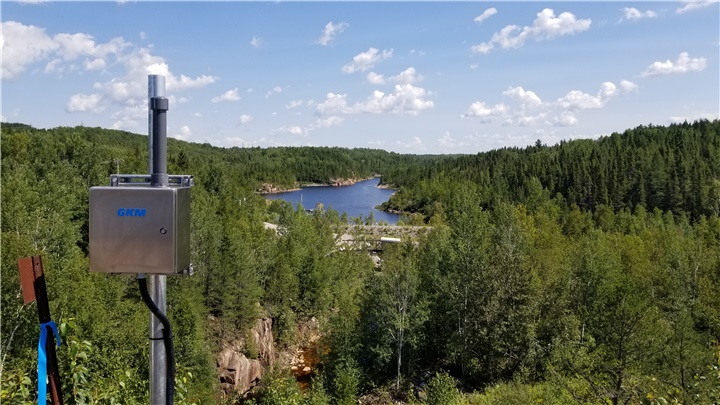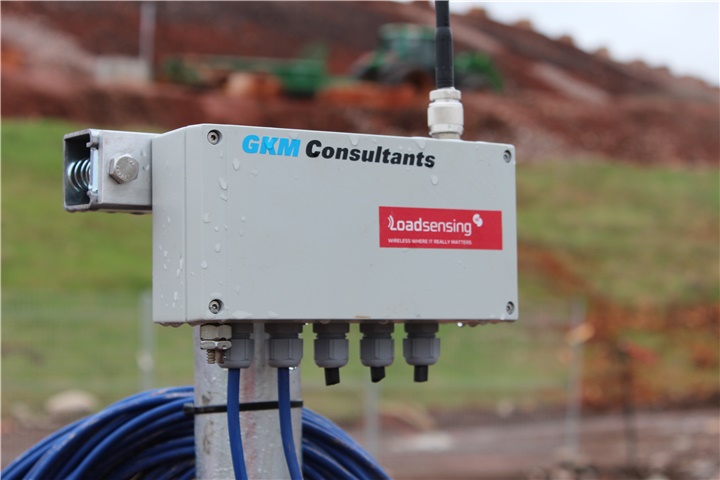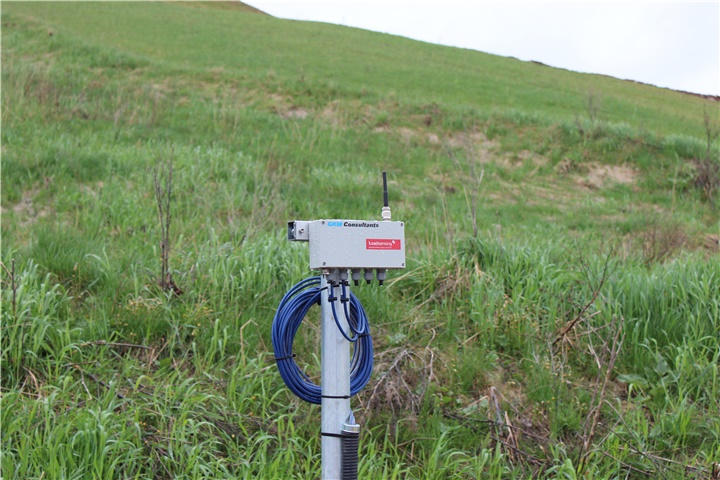CHALLENGE
A Canadian plant in the north has been expanding for many years and with it the dams designed to contain its production residue. These dams must be monitored to ensure that their structural integrity is not compromised, resulting in leaks and seepage. Previously the company had relied on manual monitoring. Although personnel was available locally, long, harsh winters and snow cover meant that for several months of the year visits were difficult or impossible in some cases.
In addition, a growth in the plant operations meant that having continuous monitoring was becoming crucial, to safeguard against potential failure. It was imminent to have regular data, the site had to be monitored with a data acquisition system that could transmit information wirelessly for remote access.
ADVANTAGES
- Hour-by-hour updates, as compared to monthly data at best.
- Reduced costs and staff time devoted to data gathering.
- Greater confidence in the integrity of dam structures.
- Ability to store more waste in a smaller area.
‘’The data we're getting is excellent. And it's the availability of that data that is important. Remote access to the data is an improvement on having to send someone on-site to take measurements.’’ Guillaume De Tonnancourt - Sales Manager, GKM Consultants
SOLUTION
GKM Consultants recommended a Worldsensing data acquisition system solution as the best-suited option to solve this challenge.
The project began in 2017, with sensors first being installed to monitor existing manual instruments. Since then, instruments and data acquisition systems have been integrated in new phases of the project. By the end of 2022, three gateways were in place, connected to 100 nodes and about 250 instruments.
BENEFITS
The most obvious benefit for the client is that data is constantly being updated, rather than every site visit or so, when possible. The Worldsensing data acquisition system is significantly more cost-effective compared to other available options. Since the datalogger batteries only need replacing every five years or so, the need for in-person visits has diminished considerably, translating into significant savings in time and expenditure.
The deployment has given better visibility on the dams’ condition and helped to improve their usage efficiency, by maximizing the usage of the ponds’ footprints, thus saving money and resources. The improved measurement frequency also allowed to observe short-term events which could be missed with manual monitoring.




